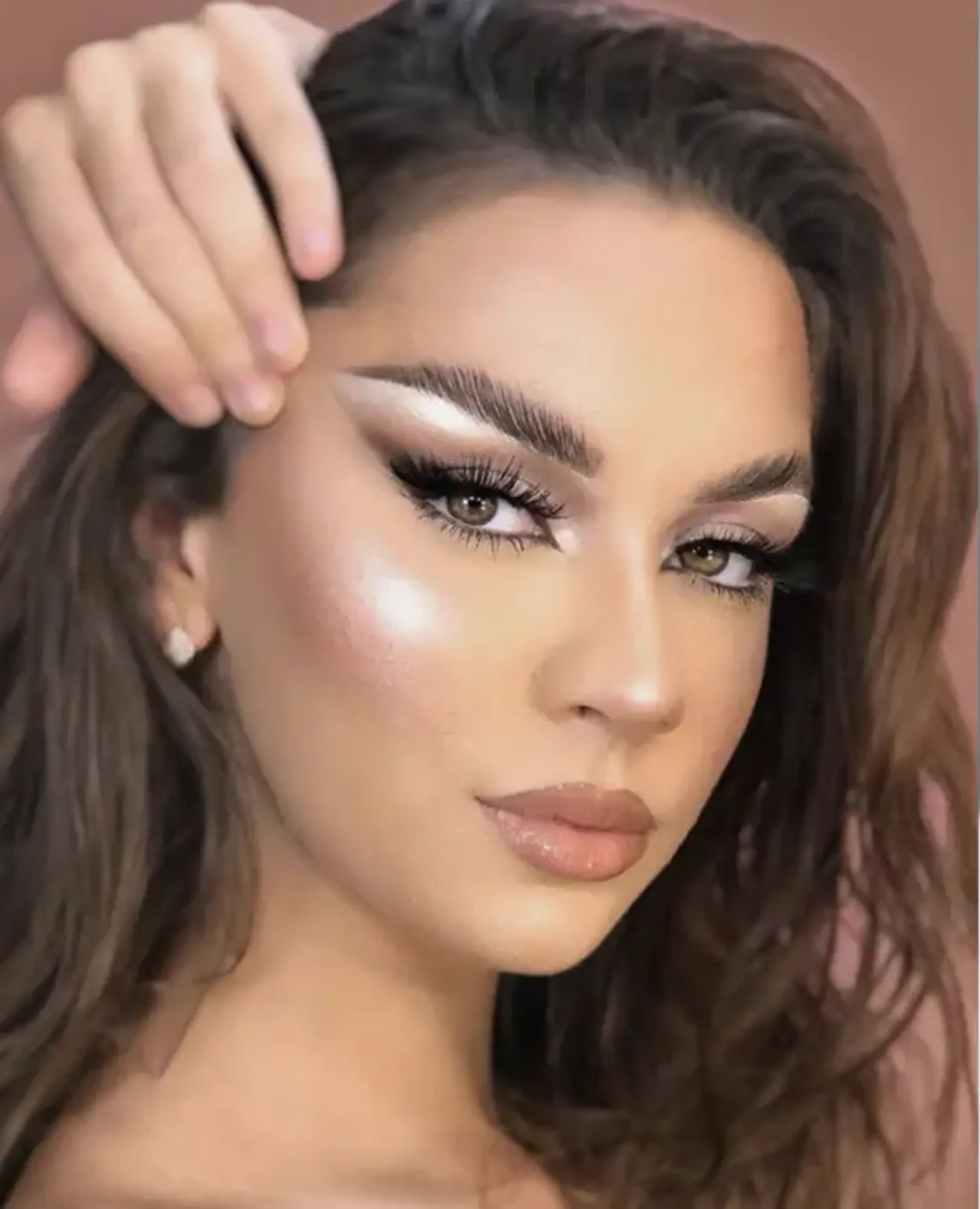Introduction
In today's age of personalized beauty and aesthetic enhancements, surgical and non-surgical procedures are evolving to meet the increasing demand for eye-catching looks. One trend that has captured the attention of the global beauty community is the "foxy eyes" lift. Often referred to as the "cat eyes" look, this style features a dramatic upward slant of the outer corners of the eyes, creating a striking, alluring appearance. Foxy eyes have become the go-to beauty ideal for those seeking a bold, yet refined aesthetic.
The look has been widely popularized by top models, influencers, and celebrities, such as Bella Hadid, Kendall Jenner, and the Kardashian-Jenner family. This chic, almond-shaped eye effect conveys a sense of confidence, youthfulness, and an unmistakable air of sophistication.
But how can you achieve the coveted foxy eyes look? While makeup offers a temporary solution, there is a longer-lasting alternative: the Foxy Eyes Lift. In this comprehensive guide, we’ll walk you through everything you need to know about this transformative procedure, from how it's performed to post-procedure care, results, and potential complications.
What Are Foxy Eyes?
The term "foxy eyes" refers to a striking, angular eye shape characterized by the upward lifting of the outer corners of the eyes and the eyebrows. This transformation creates a dramatic, yet natural cat-eye effect that enhances the natural contours of the face. With a sharp, elongated almond shape, foxy eyes convey a sense of mystery, confidence, and allure, making them a coveted aesthetic across various cultures.
The appeal of foxy eyes lies in their ability to give the illusion of larger, more youthful eyes, while also providing a sleek and sophisticated appearance. The subtle upward tilt at the outer corners, combined with the heightened position of the eyebrows, creates a graceful yet bold look. This unique eye shape not only draws attention to the eyes but also lifts the entire upper face, offering a rejuvenating effect that enhances overall facial harmony.
What makes the foxy eyes look especially popular is its versatility. Whether you’re aiming for a soft, understated enhancement or a more dramatic, transformative change, the Foxy Eyes Lift provides a non-invasive solution to achieve this alluring, age-defying aesthetic. As the look continues to rise in popularity globally, it has become a beauty standard embraced by celebrities, influencers, and beauty enthusiasts alike. Whether you're looking to emphasize your eyes or enhance the structure of your face, the foxy eyes look is the perfect way to make a lasting impression.
